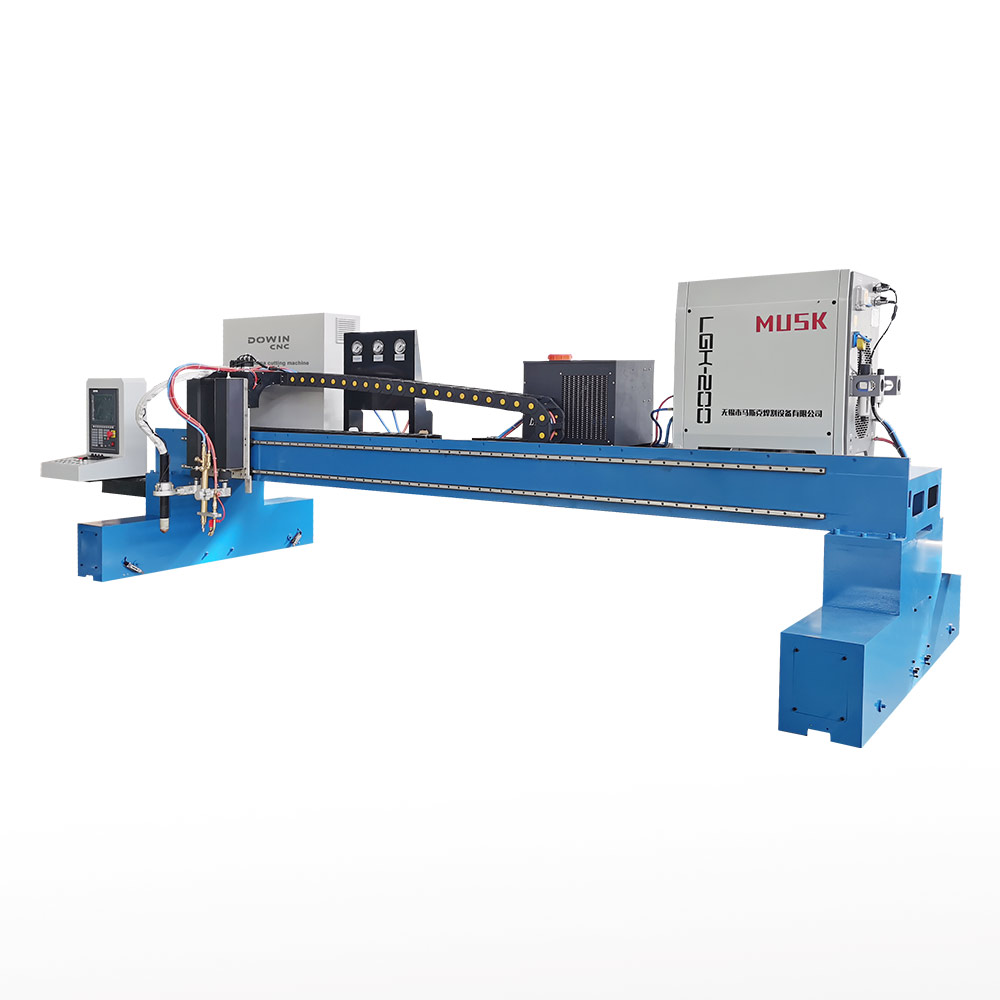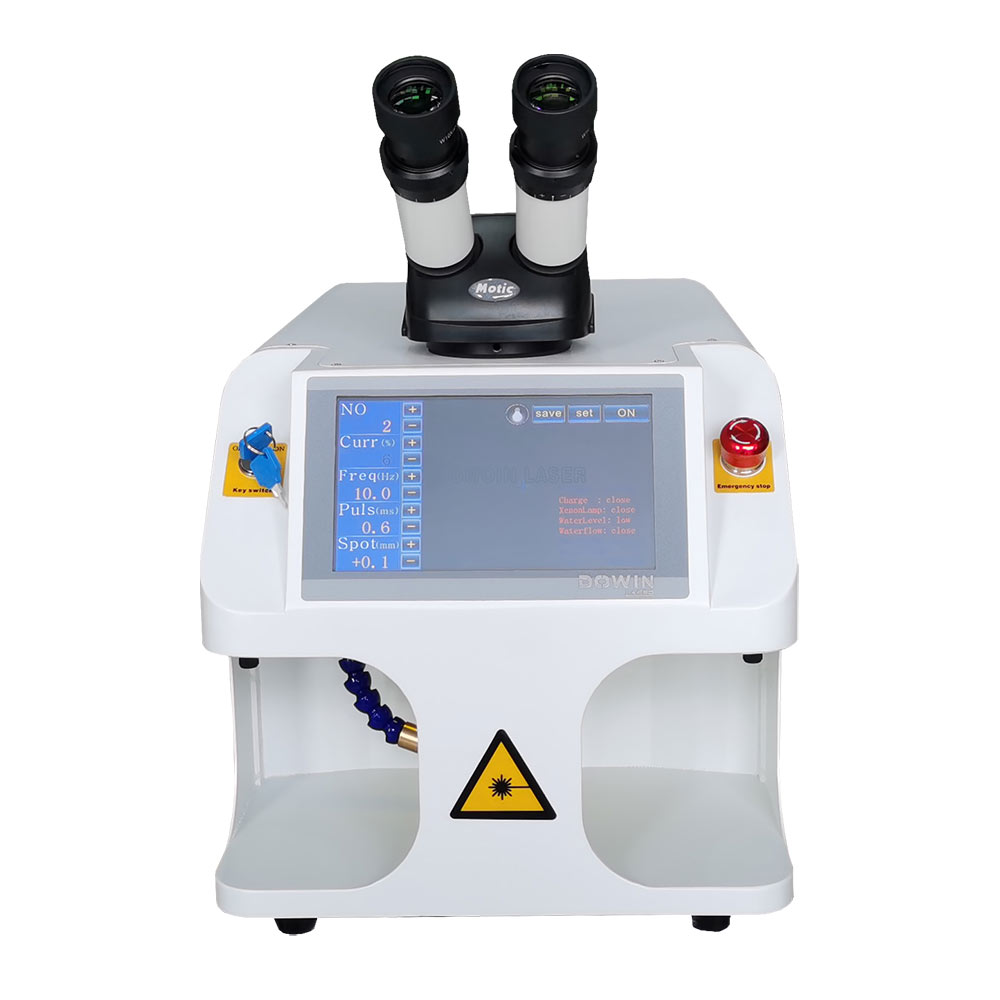If you’re thinking of investing in a laser cleaning system, now might be the best time to do it — regardless of your specific goals. A laser cleaner uses nanosecond-length light pulses to target surfaces. As the light interacts with surface coatings, paint, grease or oil, weld particles, dirt, or any other contaminants, those undesired layers either loosen and fall from the material or turn into a gas. Here are some specific reasons to make room for this kind of equipment in your budget.
Finish-machining and fabricating processes may require cleaning of certain parts of a workpiece while protecting others. One option is to use masking tape to create the necessary barriers. However, that approach, although common, is not ideal because it leaves a residue on the surface. That’s especially problematic if people use masking tape while cleaning parts before welding. The stickiness could contaminate the weld, and that may lead to defects. OEM Laser Cnc Manufacturer

However, a laser cleaning machine allows an operator to clean only the required sections without part-masking techniques. An Irish research project called Laser Clean is one of the numerous-initiatives investigating how to manage wind-turbine blade contamination. Their approach uses machine learning algorithms that need just a fraction of a second to determine whether a blade surface is clean or dirty. They also determine the type and amount of contaminant on the surface.
The prototype operates from the ground and collects light via a mounted telescope. This would be a mobile solution that enables hands-free operation by on-site engineers. However, researchers also are examining the possibilities associated with options like robots and drones to make the system work.
The laser-cleaning machine also will automatically scan the blade surface and focus only on the dirty areas. That functionality should finish the job faster, which is especially important when working on something as big as a wind turbine blade.
Today’s manufacturing decision-makers are continually concerned about how to help workers make the most of their time on the clock. However, leaders should calculate their organization’s output before setting any associated goals. They can do that by dividing the total input by the total output. The best way to figure out the input is to have accurate costs for all supplies and other resources needed to make particular products.
Even if factory leaders find their employees already have high average productivity rates, investigating realistic ways to improve them is wise. Many teams and organizations face increasing customer demands, and workflow improvements can help them manage the extra pressure. Increasingly, those productivity enhancements are common across industries. For example, Fiat invested in 11 cobots to help by encouraging workers to maintain ergonomically friendly positions while assembling electric vehicles.
A laser cleaning machine can boost productivity by getting excellent, repeatable results while treating a wide variety of materials. One company has a three-in-one laser machine that handles cleaning, along with welding and cutting. Workers using this handheld product can switch between functions by selecting the appropriate setting and the right attachment for the job.
In another case, Baltimore Gas and Electric commissioned a laser technology company to provide a handheld laser-cleaning system to maintain tanks made of various materials. The developed solution can remove rust, paint, and most other unwanted coatings from surfaces of steel, iron, aluminum, and others. This product also multitasks for users because it’s a laser cleaning machine that can rough and finish the metal surface in subsequent steps.
Your purchase of a laser cleaner also could align with sustainability goals. Using a laser to remove impurities from a substrate does not require purchasing a blast medium to aim at the material. This means the method also produces little to no waste, making it compliant with federal regulations.
In one case, researchers at Germany’s Fraunhofer Institute for Material and Beam Technology IWS developed a laser-cleaning method superior to traditional sandblasting. They created the LIGHTblast process, which uses no chemicals and does not require sand or masking tape.
In experiments, the Fraunhofer team used a laser cleaning machine to get uniform results regarding the friction band surface condition of brake disc blanks before they are coated. They automated the process and made it more cost-effective. Researchers claim this process would make brake discs more affordable and lengthen their life spans. The waste reduction caused by products that last longer before requiring replacement contributes to better sustainability.
Researchers on this study said their laser-based system also would minimize the particulate matter generated by vehicles using the brake discs treated with this cleaner.
And, the laser beam’s diameter is much thinner than the streams used in traditional sandblasting, and researchers confirmed how that characteristic would improve accuracy while allowing users to make further adjustments to alter the resulting surface roughness.
In another instance (unrelated to this study), a person used a laser cleaner to address more than four decades of rust buildup on car parts. Doing that could allow people to repurpose components they’d otherwise throw away, even if working on delicate items or those with historical significance. Such an option improves sustainability.
These are some of the many advantages you can expect after purchasing a laser cleaning machine. However, before taking that step, it’s a good idea to consider specifics, including the materials you’ll clean, the tasks you’ll perform, and specific features you’d want in the product. Then, you’ll have the information needed to make well-informed and confident purchasing decisions.

OEM Best Laser Engraving Machine Suppliers Emily Newton is the Editor-in-Chief of Revolutionized, an online magazine exploring the latest industrial innovations.